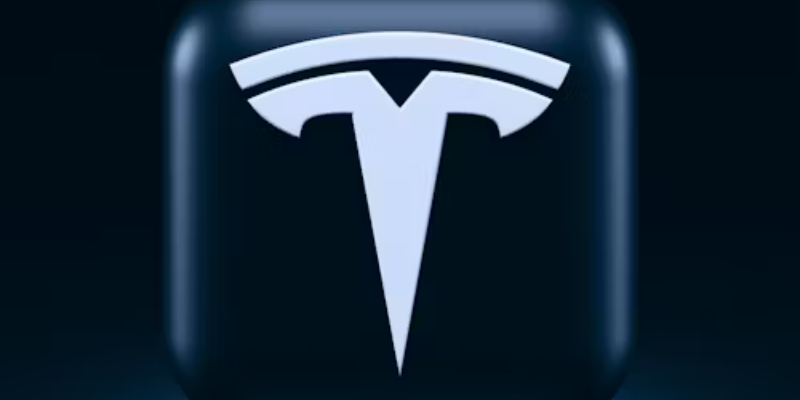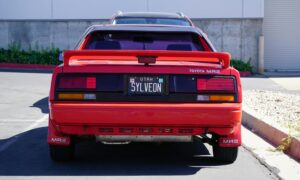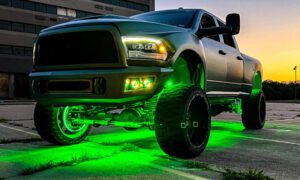Tesla’s deliveries fell 4.7% to 443,956 vehicles in Q2, marking a second consecutive decline.
TakeAway Points:
- In Q2, Tesla’s deliveries decreased 4.7% to 443,956 cars, which was a second straight reduction but higher than Wall Street’s forecast of 439,302 cars.
- In Q2, BYD’s deliveries increased by 21% to 426,000 vehicles, narrowing the difference with Tesla as the battle heated up.
- This year, as its market share plateaus and shares tumble 15 percent, Tesla confronts headwinds from rising inventories and intensifying competition.
Tesla’s Declining Deliveries
Tesla reported a second consecutive decline in vehicle deliveries for the April–June period, reflecting challenges in demand and competition. The company delivered 443,956 vehicles globally in the three months to June, a 4.7% decrease from the same period last year. Despite the decline, the deliveries exceeded Wall Street expectations, which were pegged at 439,302 vehicles, according to Bloomberg consensus estimates.
The decline in deliveries marks a significant shift for Tesla, which has experienced years of rapid expansion. The company has been forced to slash prices on some models to combat increased competition from Chinese rivals like BYD. In January, Tesla warned that delivery growth in 2024 would be “notably lower” as the impact of prolonged price cuts waned. Tesla’s market share in the EV sector has plateaued, with its inventories growing by more than 136% over the past two years.
“A stagnant Tesla is a lesser threat to other manufacturers until EV demand accelerates again.” Philippe Houchois, an analyst at Jefferie, said.
BYD’s Competitive rise
Chinese electric vehicle startup BYD is on track to overtake Tesla in battery electric vehicle (BEV) sales this year, according to a report by Counterpoint Research released on Tuesday. BYD’s second-quarter BEV sales surged nearly 21% year-on-year to 426,039 units, while Tesla’s second-quarter deliveries fell 4.8% to 443,956 vehicles. This shift highlights the dynamic nature of the global EV market, with BYD’s market share expected to increase significantly.
Last year, BYD’s total production, which includes both battery-only powered cars and hybrids, exceeded 3 million units, surpassing Tesla’s production of 1.84 million cars for the second consecutive year. However, BYD manufactured 1.6 million battery-only passenger cars and 1.4 million hybrids, keeping Tesla ahead in BEV production.
Counterpoint Research noted that China remains a dominant force in the BEV market, with BYD leading the way. China’s BEV sales are projected to be four times that of North America’s in 2024. The research firm also predicts that China will continue to hold more than 50% of the global BEV market share until 2027, with Chinese BEV sales expected to surpass the combined sales of North America and Europe by 2030.
Market Dynamics and Obstacles
The EV sector is facing a more cut-throat environment, with sales growing at slower rates than anticipated. Mainstream buyers remain skeptical of electric vehicles, and there is a consumer shift towards cheaper hybrid models. Unlike legacy manufacturers, Tesla does not produce petrol or hybrid models, which adds to its challenges.
Tesla’s sales figures for the quarter were stronger than some analysts’ forecasts, which had predicted 436,000 deliveries. This performance was enough to keep Tesla ahead of BYD in global EV sales. However, Tesla’s shares have fallen 15% this year, reflecting investor concerns about the company’s future growth prospects.



































